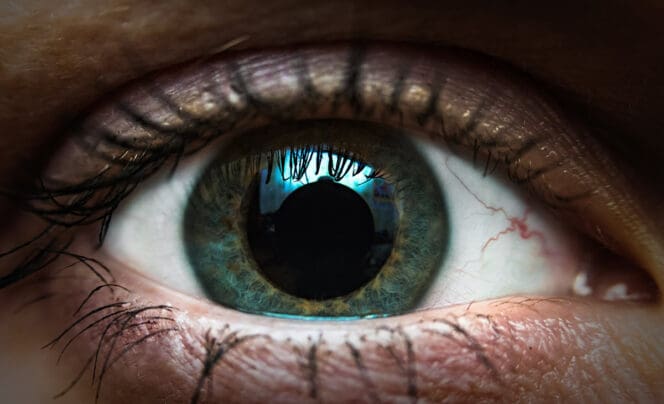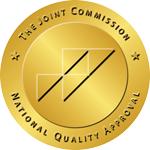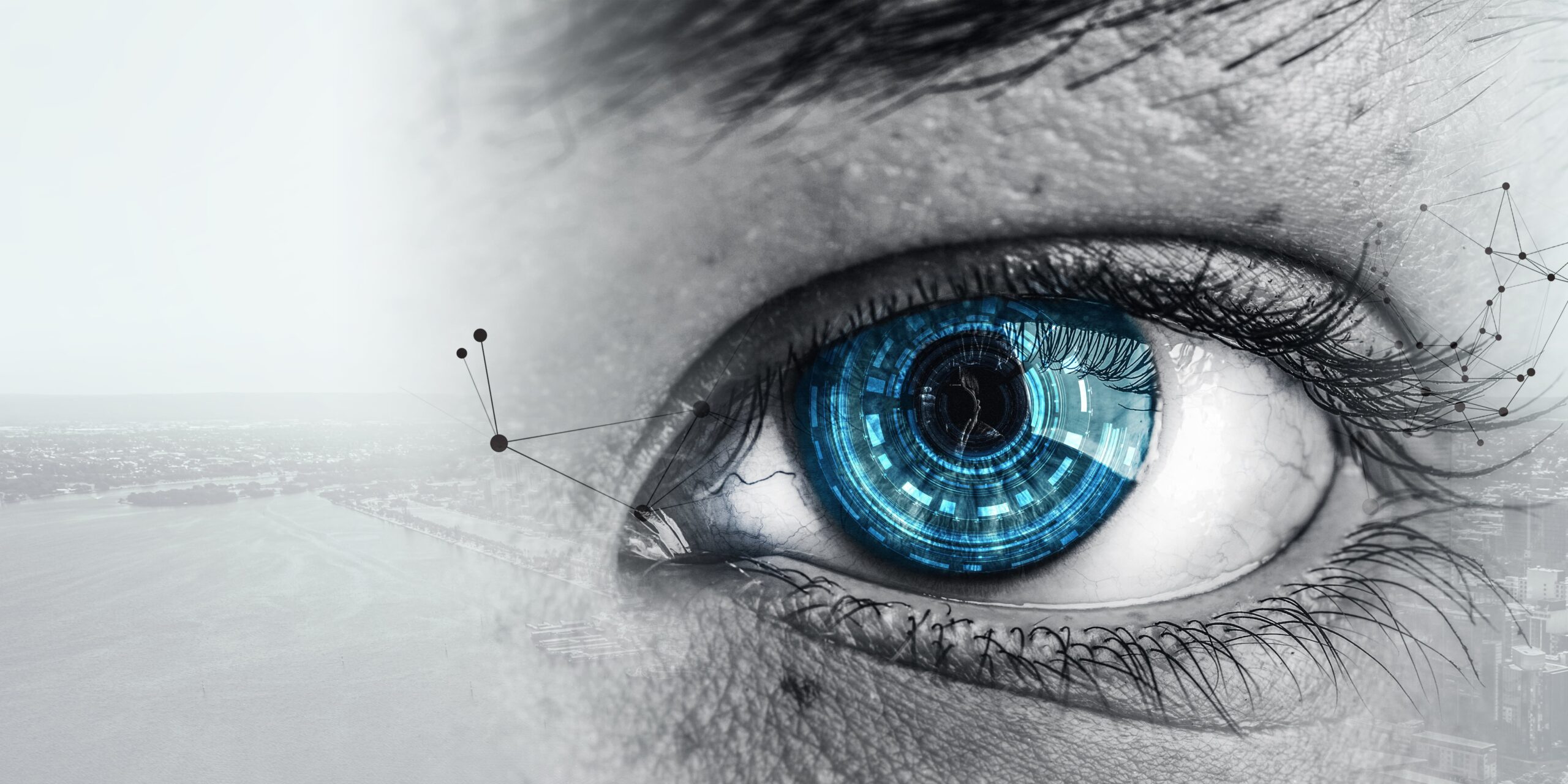Within the complex orchestra of physiological responses to drug use, one notable change can be observed in the very windows to our souls: the eyes. Specifically, certain substances have the ability to alter the size of our pupils, a phenomenon that’s more than just a cosmetic effect. This article elucidates how different drugs affect pupil size, becoming a significant indicator of substance misuse.
The Science Behind Pupil Size
Before delving into drug-induced changes, let’s unravel the science behind pupil size. These adjustable ‘black holes’ in our eyes, the pupils, control the amount of light entering the eye, changing size with varying light conditions. The key players here are the muscles in the iris, controlled by the autonomic nervous system. This intricate system delicately balances the actions of the dilator and sphincter muscles to regulate pupil size.

Source: MyVision.org
Pupil Response to Substance Use (HIGH EYES)
Substance use triggers a cascade of changes in our body, and the pupils are no exception. Several drugs, both legal and illegal, can cause variations in pupil size, or ‘mydriasis’ (dilation) and ‘miosis’ (constriction).
“High eyes” is a term often used to describe a visible physical change that can occur in the eyes of someone who has used certain types of drugs or alcohol.
The slang term refers to changes such as bloodshot or red eyes, droopy or heavy eyelids, and dilated or constricted pupils. The specific changes often depend on the substance that has been used. For instance, cannabis is known to cause redness and bloodshot eyes, while substances like cocaine, ecstasy, and LSD can cause pupil dilation (mydriasis). On the other hand, opioids such as heroin can cause pupils to constrict (miosis), giving the eyes a “pinpoint” appearance.
It’s important to note that these are not definitive signs of drug use, as there can be many other reasons for these changes. However, in the context of other signs and symptoms, they can be indicative of substance use.
Pupil Dilation – Mydriasis
Psychoactive substances like MDMA (Ecstasy), LSD, psilocybin (magic mushrooms), and cocaine typically cause mydriasis. This dilation occurs due to the stimulatory effect these substances have on the sympathetic nervous system, the part of our autonomic system involved in the ‘fight or flight’ response.
Pupil Constriction – Miosis
Contrasting this, opioids such as heroin, morphine, and prescription painkillers often lead to miosis. The parasympathetic nervous system, responsible for ‘rest and digest’ processes, takes over here, causing the pupil to constrict.
Factors Affecting Drug-Induced Pupil Response
A myriad of factors can influence the extent of drug-induced pupil changes. These can include the drug’s dose, an individual’s tolerance to the substance, their overall health status, and the presence of any co-occurring mental health disorders.
Pupil Response – A Diagnostic Tool
The alteration in pupil size can serve as a telltale sign for healthcare professionals in identifying potential substance misuse. While it is not a definitive test, it provides valuable insight, especially when paired with other physical symptoms and diagnostic methods.
Pinpoint Pupils and the Interplay with Blood Flow
A unique aspect of substance use and intoxication is how it can affect the size of the pupils. Certain drugs, particularly opioids like heroin and prescription painkillers, cause the pupils to constrict, becoming very small or ‘pinpoint.’ This physiological response is known as miosis.
One might wonder, what does pupil constriction have to do with blood pressure or blood flow when under the influence? Here’s the connection: the body’s autonomic nervous system, which controls automatic functions such as heart rate and blood pressure, also regulates the size of your pupils. Both pupil size and blood pressure are influenced by the balance of chemicals and signals in the brain, which can be disrupted by substance use.
When a person uses opioids, the drugs bind to opioid receptors in the brain and other parts of the body, triggering a cascade of effects. This includes slowing heart rate and lowering blood pressure, resulting in less blood flow throughout the body, including to the eyes. This reduced blood flow, combined with the direct action of opioids on the muscles in the iris, leads to the characteristic ‘pinpoint’ pupils.
However, it’s important to note that while pinpoint pupils can be a sign of opioid intoxication, they can also result from other conditions, such as brain injury or eye disease. Therefore, while changes in pupil size can be an indication of substance use, they are not definitive proof and should be considered alongside other symptoms and behaviors.
As always, if you suspect someone is struggling with substance misuse, it’s crucial to encourage them to seek professional help. The rehab centers can provide detox programs and inpatient care facilities to assist in full recovery.
FAQs About Dilated Pupils
What drugs cause dilated pupils?
Drugs such as stimulants (like cocaine and amphetamines), hallucinogens (such as LSD and psilocybin mushrooms), and certain antidepressants (like SSRI and SNRI medications) can cause dilated pupils.
Can alcohol cause dilated pupils?
Yes, in some people, alcohol can cause dilated pupils. However, this is less common than with some other substances, and the effect can vary between individuals.
How long do pupils stay dilated after drug use?
The duration of pupil dilation varies depending on the drug used, the amount taken, the individual’s metabolism, and other factors. It can range from a few hours to a few days.
Are dilated pupils a sure sign of drug use?
While certain drugs can cause dilated pupils, this symptom alone is not a definitive sign of drug use. Many factors can cause dilated pupils, including certain medications, conditions affecting the eyes or brain, and exposure to dark or dim light.
How Long Do Drugs Affect Your Eyes After You Use Them?
| Substance | Effect on Pupils | Duration |
|---|---|---|
| Cocaine | Dilation | 1-2 hours |
| Amphetamines | Dilation | 4-6 hours |
| LSD | Dilation | 10-12 hours |
| Psilocybin | Dilation | 4-6 hours |
| Alcohol | Varies | Varies |
| Opioids | Constriction | Duration of intoxication |
What Are Slang Terms For Dilated Pupils?
“Dilated pupils” or “high eyes” are common indicators that someone might be under the influence of certain drugs. However, in colloquial or “slang” terms, dilated pupils may be referred to in various ways, including:
- “Pupils the size of dinner plates” or “saucer pupils” – An exaggerated way to describe very large or dilated pupils.
- “Tripping” – This term doesn’t refer specifically to dilated pupils but is often used to describe someone under the influence of hallucinogens, which can cause dilated pupils.
- “Bugged out” – This can refer to the eyes appearing larger than normal due to dilated pupils.
- “Stoned Eyes” – refers to eye redness that occurs from smoking marijuana.
As for “high eyes”, it’s a slang term used to describe the physical eye characteristics typically seen in someone who’s high on drugs. This can include bloodshot or glassy eyes, droopy eyelids, or dilated or constricted pupils, depending on the substance used. However, there aren’t specific slang terms that translate directly to “high eyes”. The context and specific physical traits would usually indicate the meaning.
Pupillary Response to Alcohol Cues: A Predictor of Relapse Risk
Pupil dilation and substance use, particularly alcohol, can be predictive for relapse.
The study examined the relationship between cue-elicited pupillary reactions to alcohol stimuli and neutral stimuli in a group of detoxified alcohol-dependent patients. Intriguingly, the differential pupillary dilation to alcohol stimuli, observed 150 to 250 ms after stimulus onset, was found to be a substantial predictor of relapse outcomes. To put this in perspective, this response improved the model prediction of relapse outcome by an additional 27% beyond the predictive power of standardized questionnaires evaluating factors such as alcohol craving, usage, severity of problematic use, depressive tendencies, and duration of abstinence.
These findings emphasize the significance of our understanding of ‘high eyes.’ “It’s noteworthy,” the study reports, “that this seemingly minute physiological response can provide such substantial insight into relapse risks for alcohol-dependent individuals. It further suggests that future treatment protocols may benefit from considering such physiological markers.”
This promising research paves the way for more comprehensive and nuanced understanding of the effects of drug and alcohol intoxication, with particular regard to the subtle yet powerful physiological changes that take place within the human body.
Final Thoughts On Dilated Pupils From Drug and Alcohol Intoxication
Pupil dilation is a significant indicator of drug and alcohol intoxication. Certain substances, such as stimulants and hallucinogens, are particularly known for causing this effect. It’s essential to understand that while dilated pupils can be an immediate physical sign of substance use, they may also indicate other health conditions unrelated to drug or alcohol use.
Recognition of such changes can help in identifying potential substance misuse, thus opening avenues for initiating conversations about substance use and potentially paving the way for intervention and treatment. However, it’s crucial to approach such situations with understanding and empathy, as stigma can often act as a barrier to those seeking help.
Remember, addiction is a complex disease of the brain and body, and anyone experiencing it deserves medical attention and compassion. If you or a loved one displays recurrent dilated pupils without a clear cause, it may be prudent to seek professional advice.
Our pupils, subtle yet telling, mirror the profound impacts that drugs have on our bodies. By understanding how substances alter pupil size, we take one step forward in the comprehensive approach towards tackling substance misuse. This understanding is not just limited to healthcare professionals, but also benefits those struggling with addiction and their families, fostering more informed conversations and decisions.
Disclaimer
Changes in pupil size can be influenced by a variety of factors, including but not limited to certain medications, neurological conditions, and eye injuries. If you notice unusual changes in your or someone else’s pupils, seek medical advice promptly.



